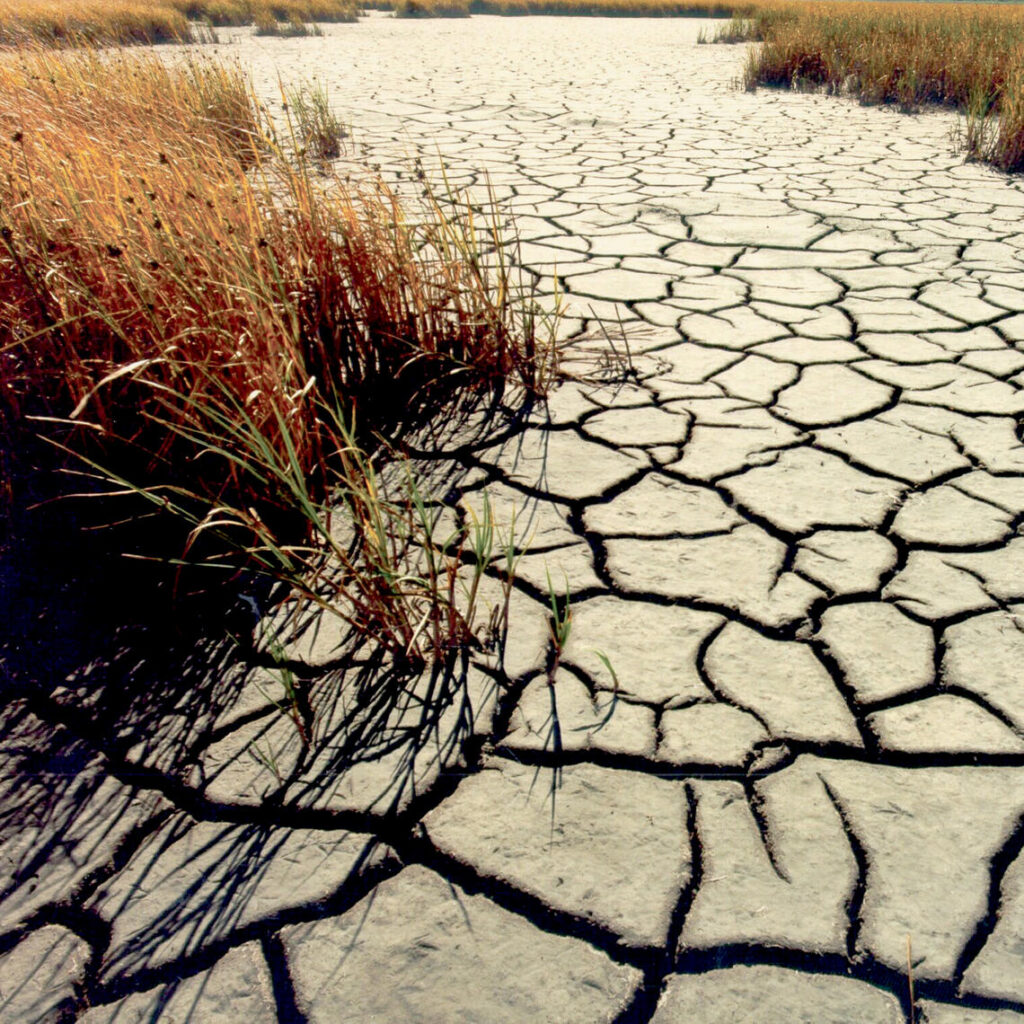Editors’ Vox is a blog from AGU’s Publications Department.
Between about 75,000 and 10,000 years ago, there was a series of sudden and dramatic changes in rainfall patterns in tropical regions likely triggered by changes in ocean water circulation. A recent article in Reviews of Geophysics examines the evidence of these “Tropical Hydroclimatic Events” and explores the potential causes. Here, one of the authors explains more about these abrupt climate change events of the past and suggests how it can inform our understanding of potential future climate change.
What are “Tropical Hydroclimatic Events” (THEs)? When and where did they occur?
When we look back at past climate variations in continental regions of the Tropics and sub-Tropics (~30ºN-30ºS), it is abundantly clear that there were times when climate abruptly changed, causing some areas that were formerly wet to become quite dry, and areas that were formerly dry to become much wetter, disrupting plant and animal communities, as well as people living in the region. We call those changes “Tropical Hydroclimatic Events (THEs).” The changes affected vast areas (and lasted for centuries in some cases_ before the climate shifted back to the former conditions. There were at least half a dozen of these THEs between about 10,000 and 75,000 years ago.

Where do we find the scientific evidence for these events?
Changes in rainfall patterns can be seen by studying different proxies of past climate.
Changes in rainfall patterns (regional hydroclimatic conditions) can be seen by studying different proxies of past climate. The evidence is recorded in many “natural archives”—lake sediments, stalagmites in caves, as well as in marine sediments where rivers have carried a record of conditions on the adjacent continents offshore.
Within these archives, the evidence for hydrological changes are registered by many different climatic proxies, such as pollen, diatoms, organic biomarkers and the physical and geochemical properties of sediments, or by oxygen isotopes in the calcium carbonate that forms stalagmites.
How are changes in the Atlantic Meridional Overturning Circulation (AMOC) related to THEs?
There is strong evidence that THEs occurred at about the same time that major changes in the overturning circulation of the North Atlantic (AMOC) occurred. When the AMOC slowed down, the reduction in energy transported into the northern hemisphere via the ocean was reduced. This caused a change in the atmospheric circulation to compensate. The result was a southward shift in the Equatorial rainfall belt, bringing much more rainfall to some areas, while leaving other regions quite dry.
What were the knock-on effects of THEs on different types of climates around the world?
Large areas around the world experienced abrupt hydroclimatic changes.
Large areas around the world experienced abrupt hydroclimatic changes. Although the oceanic changes that seem to have triggered THEs began in the North Atlantic, the atmospheric response took place throughout the Tropics, affecting all parts of that region, from Peru and Brazil to northern Australia and New Guinea in the southern hemisphere, and from Central America to tropical Africa, India and southern China in the northern hemisphere.
What physical mechanisms may have played a role in these climate changes?
The main change brought about by a slowdown in the AMOC was a southward shift in the Inter-Tropical Convergence Zone (ITCZ) and related areas of heavy convective rainfall. This zone migrates across the Equatorial region seasonally, but during the times of THEs, its average position was displaced further south, resulting in a re-distribution of seasonal rainfall all across the Tropics.

Do these past climate events help us to understand potential future climate changes?
THEs are dramatic examples of abrupt changes in the climate that we know occurred in the past, affecting almost half of the Earth’s surface.
Today, there is a lot of interest in “tipping points” and the “thresholds” at which climate may change abruptly. THEs are dramatic examples of abrupt changes in climate that we know occurred in the past, affecting almost half of the Earth’s surface. In the case of THEs, the tipping point appears to have been a change in the Atlantic Meridional Overturning Circulation (AMOC) which was greatly reduced in strength. Those changes were linked to the sudden input of freshwater into the North Atlantic.
Today, we see that the Greenland Ice Sheet is rapidly losing mass, with much of that freshwater entering the North Atlantic. Although there was much more ice entering the North Atlantic in the past (from continental ice sheets and Arctic sea-ice) current and future warming may lead to a rapid increase in freshwater from Greenland; if that affects the strength of the AMOC, we should expect to see a “knock-on” effect in terms of extensive hydroclimatic changes throughout the Tropics. With billions of people living in the region today, this prospect requires careful consideration.
What are some of the unresolved questions where further research, data gathering, or modeling is needed?
Our understanding of the link between changes in AMOC and THEs is still fairly simplistic and requires further study, involving oceanographic measurements, climate modelling and research on climate dynamics. Improvements in the dating of past changes, both in the oceans and on land are especially needed, in order to trace leads and lags in the ocean-atmosphere system. It is also important to recognize that the rapid changes in continental hydroclimate in some cases occurred within a few decades. This would likely have had significant impacts on the flora and fauna in many areas of the Tropics, leading to migration of species and perhaps local extinctions. People living in the Tropics at those times would also have been severely affected. This topic certainly deserves further study.
—Raymond S. Bradley ([email protected], ![]() 0000-0002-4032-9519), University of Massachusetts at Amherst and Henry F. Diaz (
0000-0002-4032-9519), University of Massachusetts at Amherst and Henry F. Diaz (![]() 0000-0001-6767-3179), University of Hawaii at Manoa
0000-0001-6767-3179), University of Hawaii at Manoa

